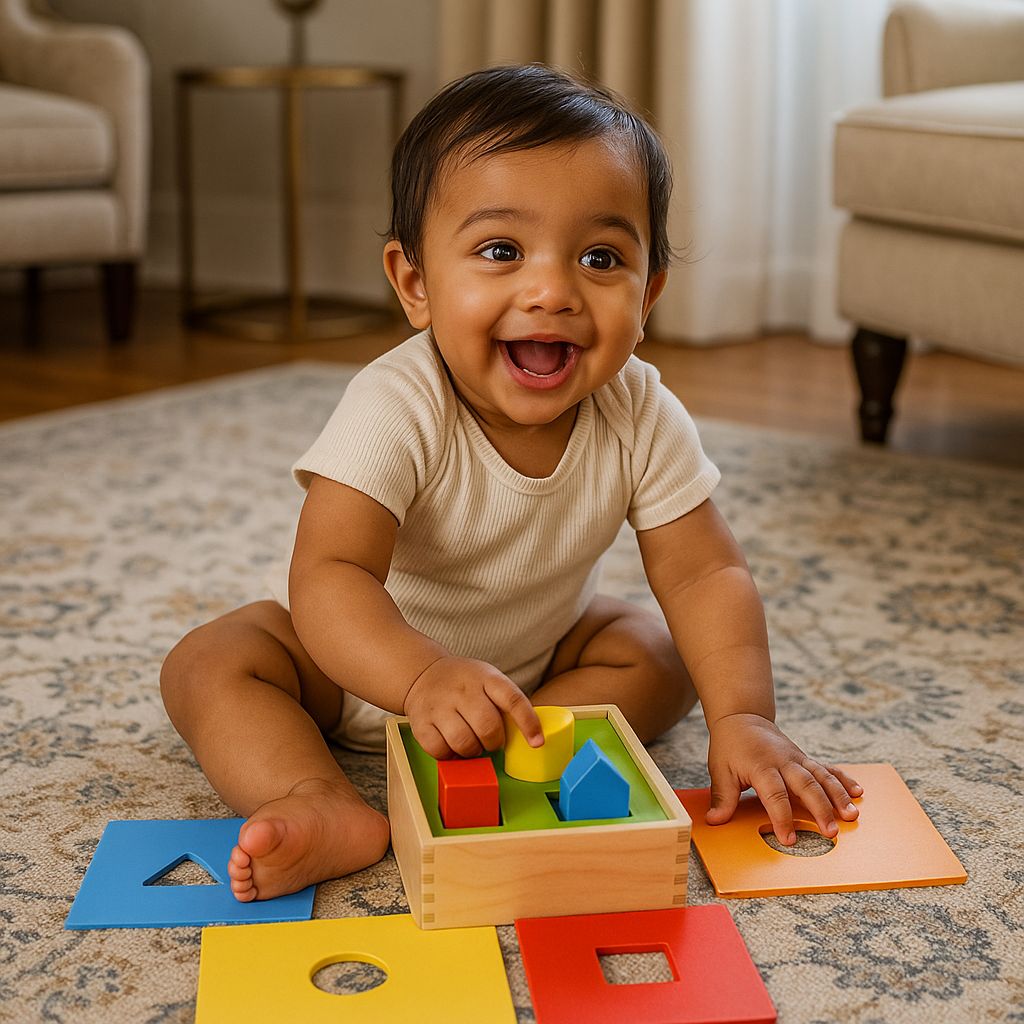
Tiny Hands, Mighty Skills: How to Nurture Fine Motor Development in Babies
LiLLBUDEver seen your baby struggle to pinch a small crumb or force open a box with all their might? That quiet resolve—those small, fumbly fingers labouring away—is where fine motor skills like magic happen. And as parents, clapping them on the back during those small victories is all part of the miracle.
Fine motor skills are the precursor to so many "grown-up" activities—feeding themselves, coloring, writing, and even getting dressed. But like all skills in a baby's universe, they start out tiny. Very tiny.
What Are Fine Motor Skills, Really?
They're the orderly movements of the tiny muscles in your baby's hands, wrists, and fingers. That may be technical, but it's why they can come to turn the pages of a book, grasp a berry, or construct a block tower.
In the first year, you’ll see these movements go from random flailing to more intentional grasping, reaching, poking, and transferring. And behind each action? A little brain–body miracle in motion.
Why Are They So Important?
Fine motor skills give your child control—not just over objects, but over their world.
As pediatric therapist Dr. Laura Martin says, "These movements allow babies to explore, problem-solve, and start acting independently. It's not only physical—it's deeply cognitive."
That independence manifests in ways that initially feel small. Such as when your baby finally gets the lid to flip, or lets a block fall through a hole. They're not playing games. They're rehearsing control, precision, and patience.
So What Can You Do?
You don't have to have a Pinterest-perfect playroom to foster fine motor development. You simply need to provide the right types of challenges—and follow your child's lead.
Try:
- Providing babies with varying textures and sizes to grasp—spoons, soft towels, kitchen-safe tools
- Introducing cause-and-effect toys that require pressing, flipping, or turning
- Playing simple drop-in games with objects and receptacles
- Promoting finger foods that strengthen the pincer grasp
At LiLLBUD, we’ve created toys that meet babies exactly where they are. One such toy is the Shape Surprise Box—a beautiful way to introduce shape sorting, gripping, and hand-eye coordination in toddlers around 12 months. Watching your child turn and twist each piece to find the right hole not only sharpens their fine motor skills—it builds confidence, too.
What Progress Looks Like
It may not always appear as progress—and that's fine. This is what you may observe over time:
- Baby reaches for and picks up little objects
- Begins to use both hands to explore or play with toys
- Gets started in using thumb and finger together to pinch
- Can put an object into a container, in addition to grabbing it
All babies will do this in their own time. And some skills (such as pincer grasp or tool use) appear nearer the 9–14 month range. If ever in doubt, your pediatrician or an early intervention specialist can provide direction.
No Pressure, Just Play
You're not "teaching" your baby, you're inviting them. There's no pressure or need for drills. Just create room for curiosity.
Let them drop, bang, grasp, poke, and repeat. Let them create a mess. Let them experiment—and experiment again.
For behind every small movement lies something mighty: your baby learning how to build their world, one little motion at a time.

